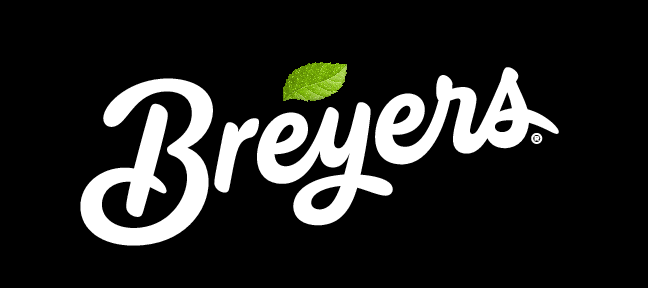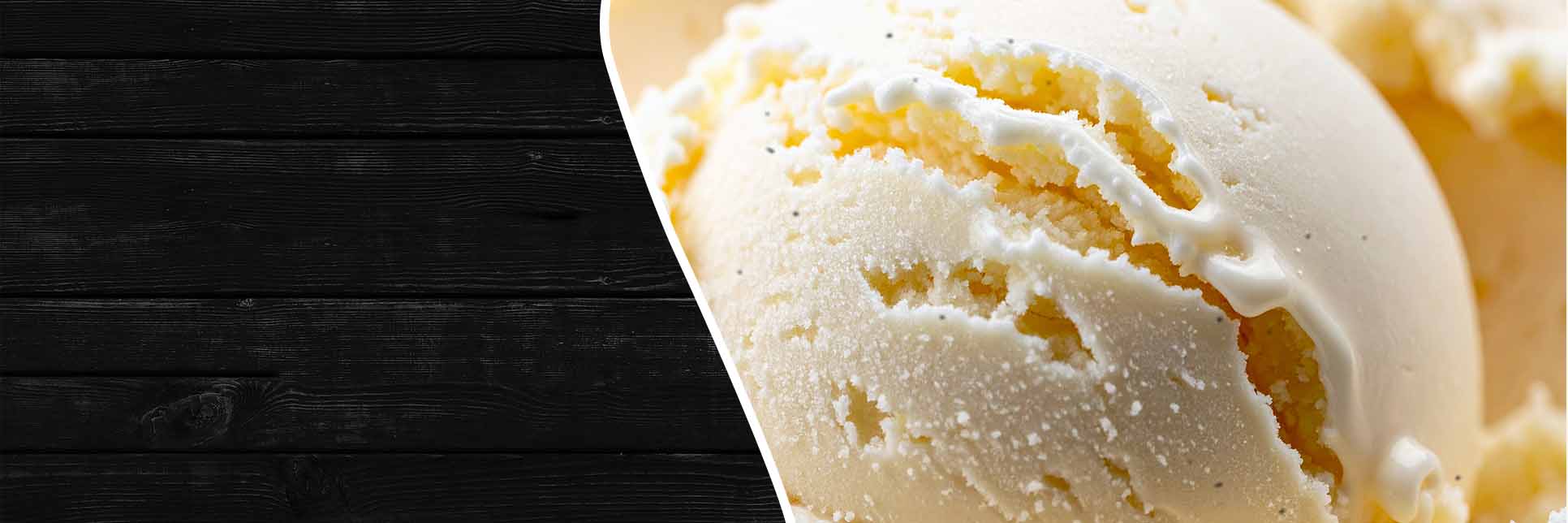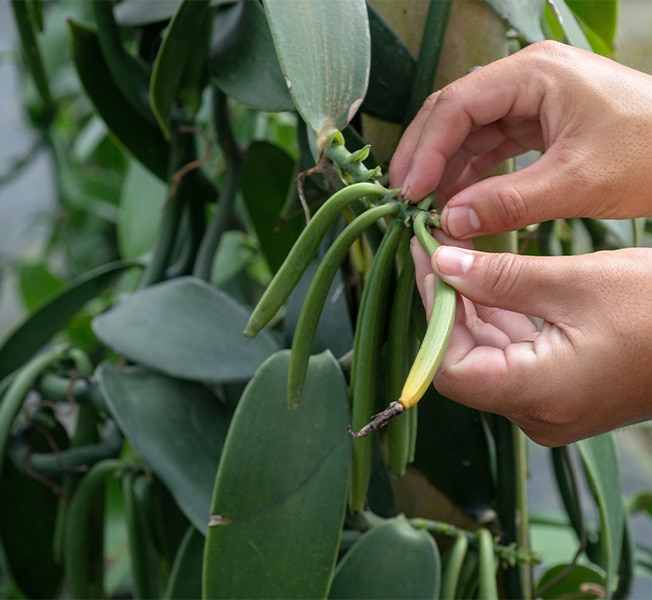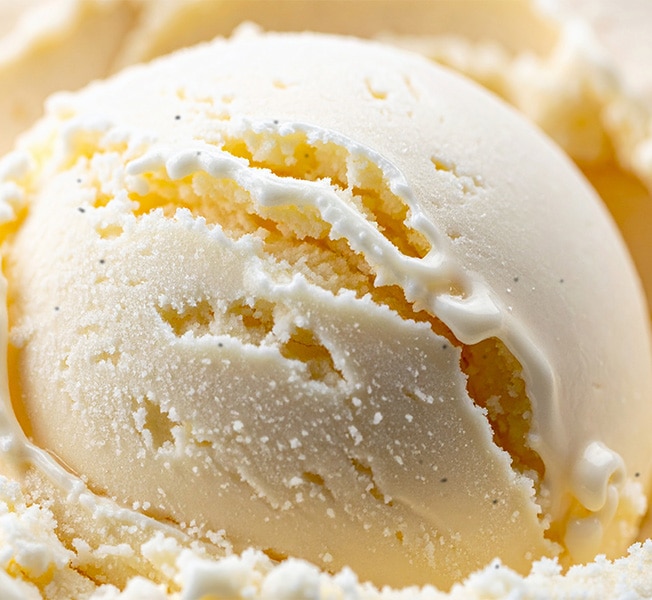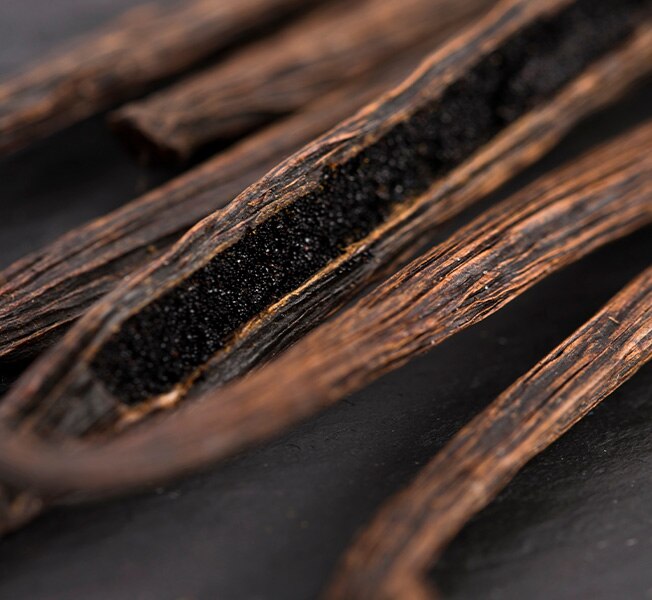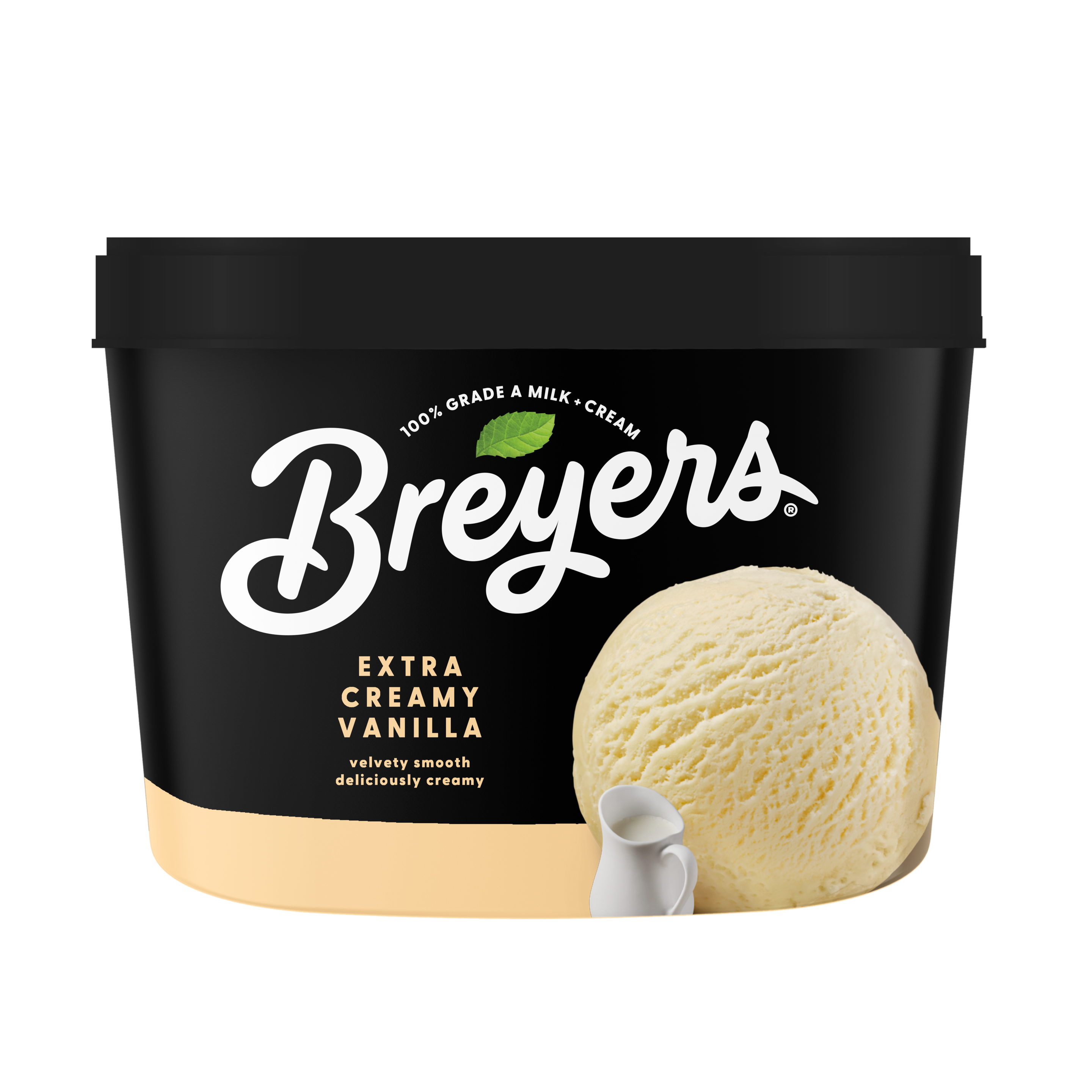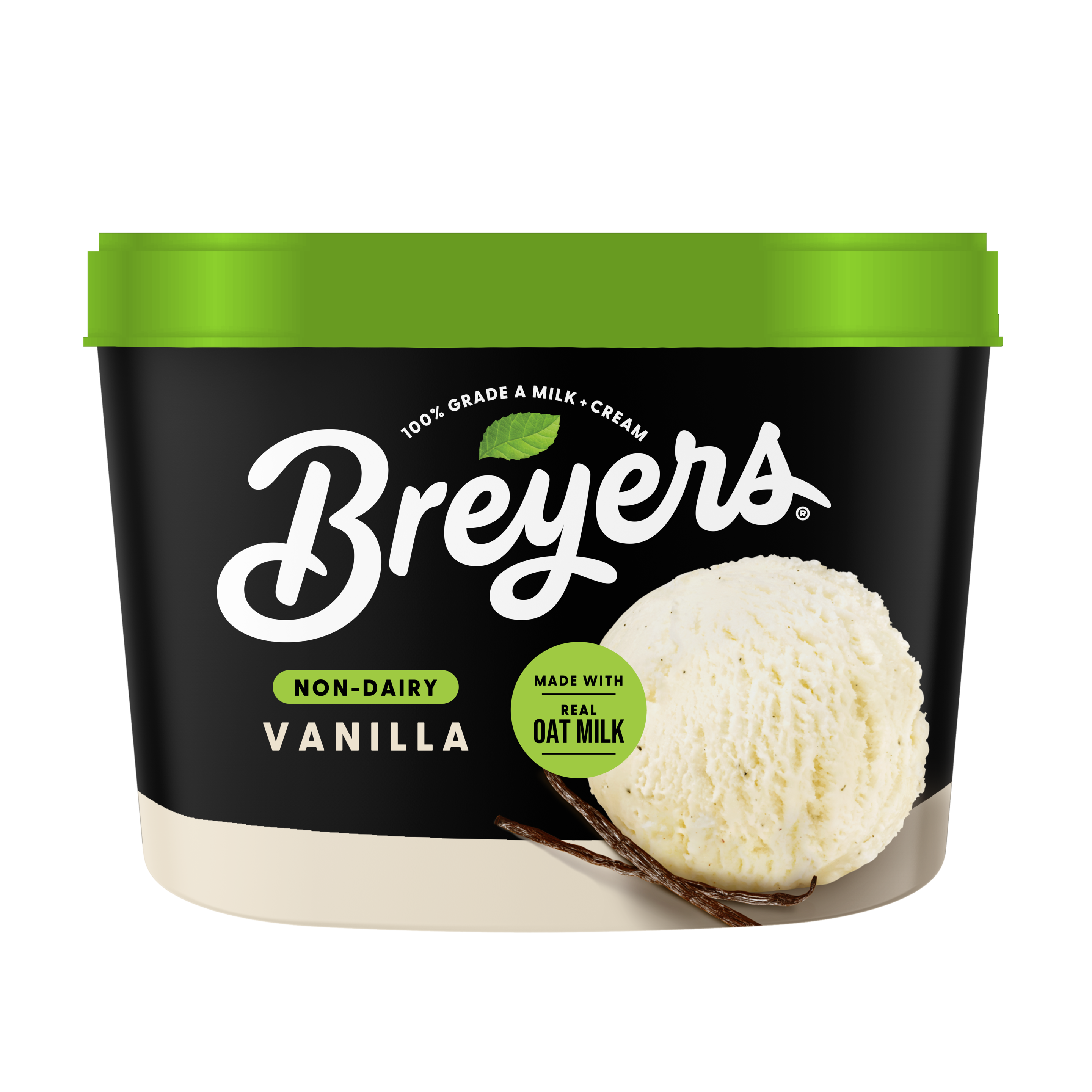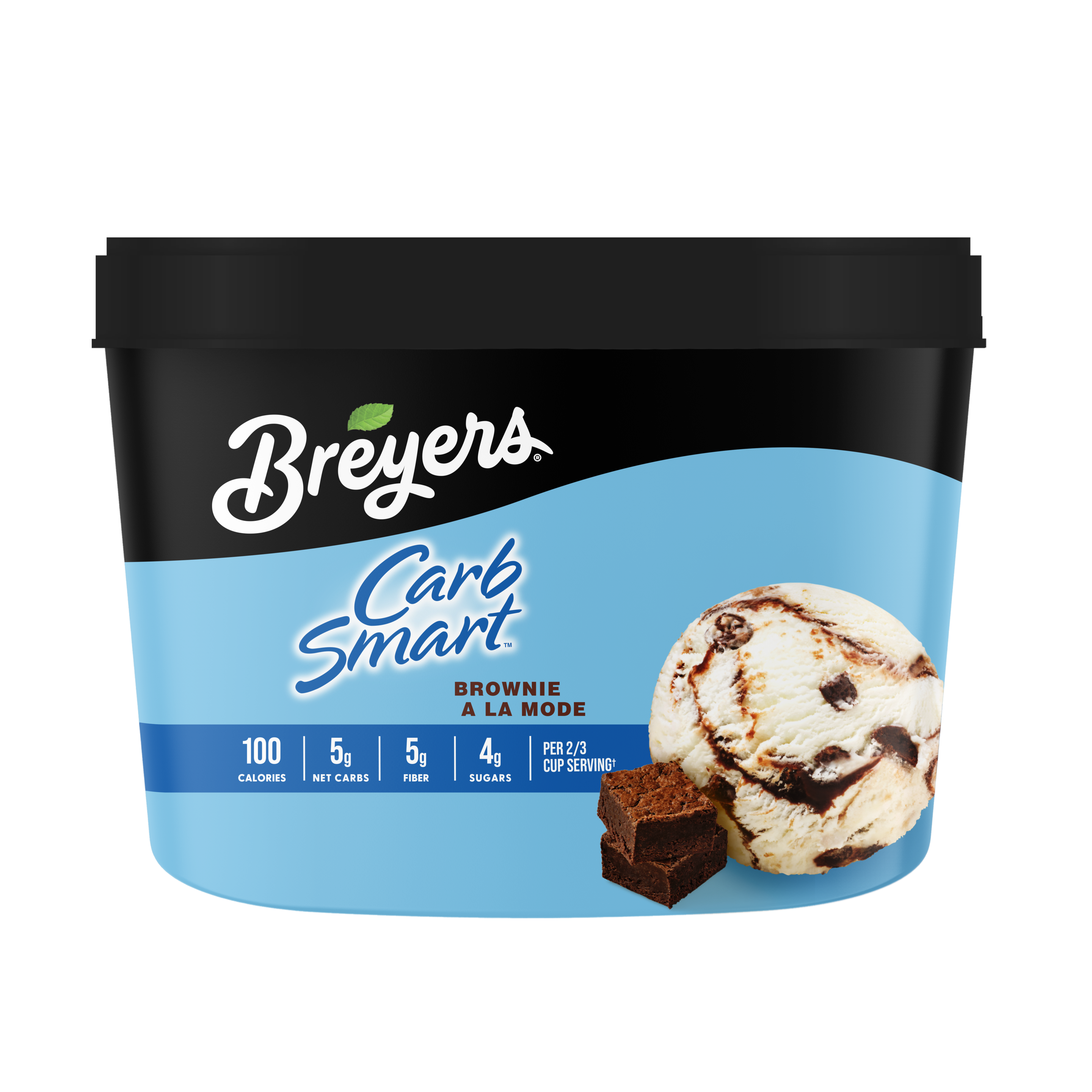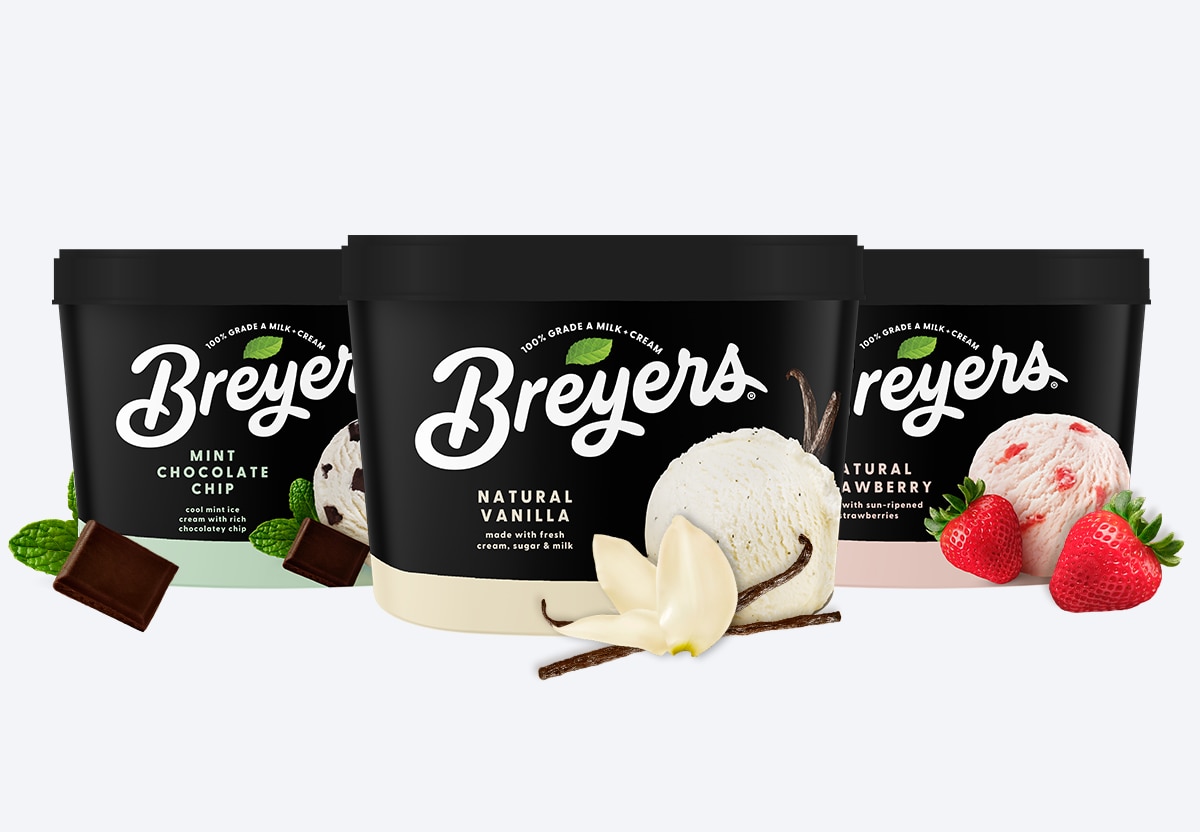Where Vanilla Comes From
Today, Madagascar leads global vanilla production, but the story of vanilla begins much earlier, in the ancient civilizations of Mexico and Central America. The Totonac people, from Mexico’s east coast, were the first known cultivators of vanilla.
When the Aztecs conquered the Totonacs, they adopted vanilla too, most famously using it to flavor a ceremonial cacao drink called xocolatl. Spanish explorers encountered it in the 1500s and brought both cacao and vanilla back to Europe.
At first, vanilla was reserved for royalty and elite kitchens. But as curiosity grew, so did demand. Chefs experimenting with desserts, perfumers blending fragrances, and aristocrats flaunting rare ingredients all helped push vanilla into the spotlight.
Then, in 1841, everything changed when a 12-year-old enslaved boy named Edmond Albius discovered how to hand-pollinate vanilla orchids. It’s a technique that’s still used today. His breakthrough made it possible to grow vanilla beyond Mexico, helping it spread around the world.





